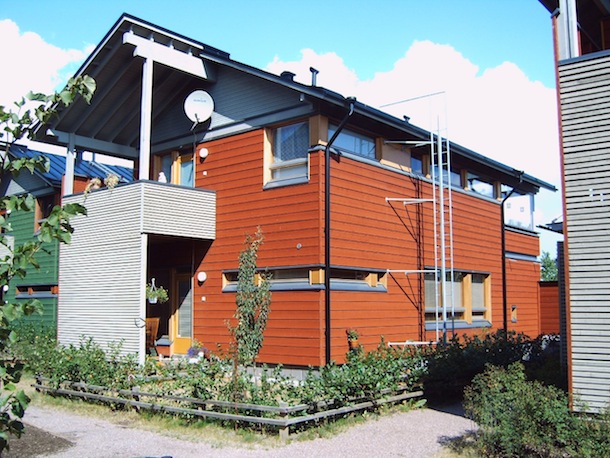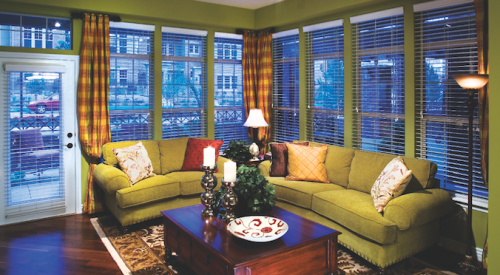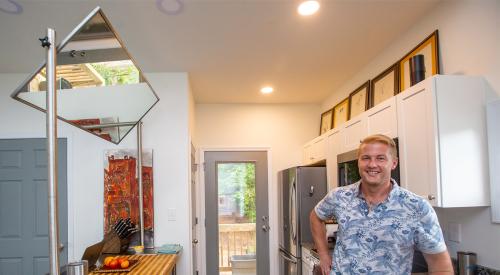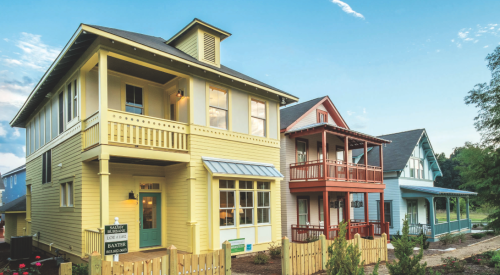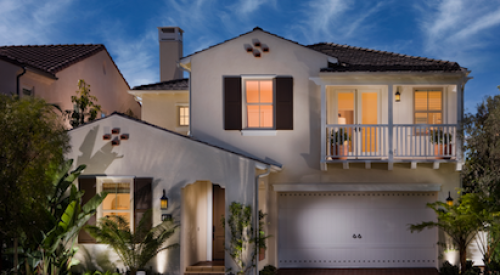From 1950 to 2013, the average new home in the United States grew from 983 square feet to 2,673 square feet, a hefty 172-percent increase in size. Current median square footage, with half of all homes above and half below, is even larger. According to the NAHB, the most recent increases follow the historical pattern of post-recession buying. During these times, average home sizes rise as higher-income buyers, who are better able to secure financing, enter the market in larger numbers proportionally. But all in all, the average size of American homes continues to increase steadily despite the ups and downs of recessions and recoveries.
Residential Products Online content is now on probuilder.com! Same great products coverage, now all in one place!
It’s easy to understand why. The list of must-haves in new homes grows with each passing year: a lavish master bath in addition to several other full baths and a powder room, a home office, a walk-in pantry, island eating space, a breakfast nook, and a dining room, ever larger walk-in closets, a mud room, a mother-in-law suite, indoor/outdoor living areas, and more and more storage space. Enticed by lush photographs in shelter magazines and endless television shows that inspire house envy in all who watch them, we are enraptured with the possibilities available today in new homes.
And who can blame us? Many of today’s new homes are nothing short of spectacular. But not everyone can afford these sorts of dream houses and not every locale can support them. Fortunately, there are architects and builders who have made it part of their life’s work to design and build homes that are quite a bit smaller than the current average. I’m not talking about tiny houses, which range from around 100 to 400 square feet, but rather beautiful, well-designed homes that have all the style and charm (and often more) of their larger renditions, but are simply...smaller.
With some local jurisdictions starting to regulate the size of new homes, scaling down the floor-to-area ratio, legislating height limits, and allowing smaller lot sizes when subdividing, these smaller homes are likely to proliferate, especially in established neighborhoods. And in many greenfield communities, where the trend toward net-zero energy efficiency and long-term sustainability practically mandates that houses start shrinking, the process has already begun.
But small doesn’t have to mean spartan. Architect Ross Chapin, featured in this month’s design story by Susan Bady, has long been an advocate for smaller homes and literally wrote the book on pocket neighborhoods. His homes, which range from 700 square feet to the low 2,000s, have won loads of design awards because of their thoughtful attention to detail.
Best of all, smaller homes land squarely in the sweet spot of the two largest target markets, Boomers and Millennials, many of whom say they are looking for homes that are better, not bigger.
PB Topical Ref
